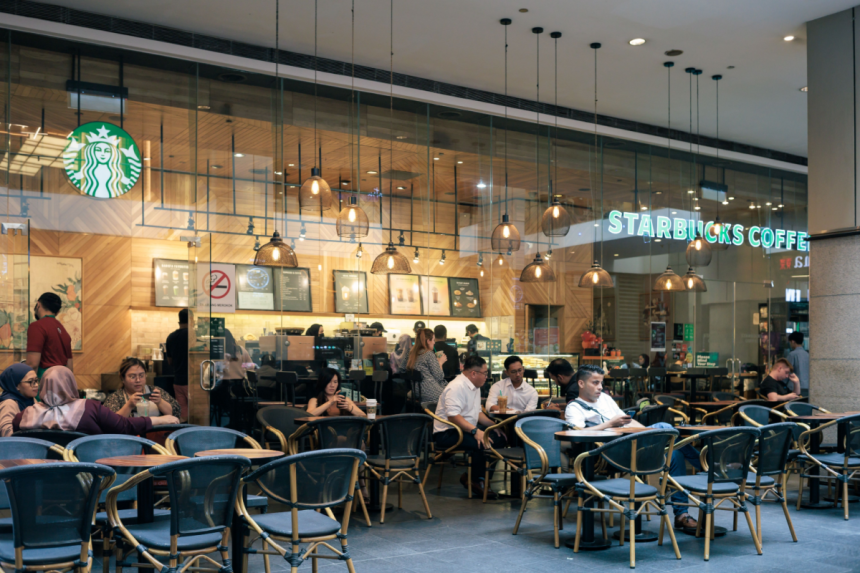One year into Brian Niccol’s tenure as Starbucks CEO, the coffee giant continues to struggle with declining sales, customer defections, and investor skepticism. While efforts to revive the “third place” experience and restore customer loyalty have shown glimmers of success, Wall Street remains unconvinced that a full turnaround is imminent.
Leadership Changes and Strategy
Niccol, who previously led turnarounds at Taco Bell and Chipotle, took over after the ouster of former CEO Laxman Narasimhan. Backed by Starbucks founder Howard Schultz, Niccol promised to bring the company “back to Starbucks.” His strategy emphasized faster service, cozier coffeehouses, and renewed customer engagement. The return of popular seasonal drinks has driven record sales weeks, and the rollout of the Green Apron Service program aims to improve hospitality and throughput.
Mixed Customer and Employee Reactions
While some loyal customers have returned, citing improved engagement, others remain skeptical. Niccol reintroduced personalized touches such as handwritten cup messages, a move that has divided opinion. Baristas have voiced concerns about understaffing and added workload, even as Starbucks pledges to improve staffing levels and add assistant managers to locations. Union negotiations, which Niccol initially pledged to pursue, have stalled, fueling ongoing labor tensions.
Financial Performance and Investor Outlook
Despite initial investor optimism that lifted shares by 24% on his hiring day, Starbucks stock has fallen 7% over the past year. Same-store sales continue to lag expectations, and profit margins remain below pre-pandemic levels. The company has invested $500 million into labor tied to the Green Apron Service model, but analysts warn margins could take longer to recover. Starbucks has suspended financial forecasts through fiscal 2025, leaving investors uncertain about its near-term outlook.
Future Plans and Global Expansion
Looking ahead, Starbucks plans to remodel 1,000 U.S. stores by 2026 and revamp its Rewards program to prioritize engagement over discounts. In China, its second-largest market, the company is exploring strategic partnerships as local rivals erode its market share. Niccol has signaled long-term ambitions of expanding to as many as 30,000 stores in the country. While these initiatives offer growth potential, analysts caution that patience will be required before Starbucks regains sustained momentum.
Niccol’s first year has been marked by both promise and setbacks. Customers are noticing improvements in service and atmosphere, but labor issues, inconsistent financial performance, and global challenges persist. Starbucks’ turnaround may take longer than investors anticipated, and the company’s path forward depends on balancing its heritage as a local coffeehouse with the demands of a $100 billion global brand.






